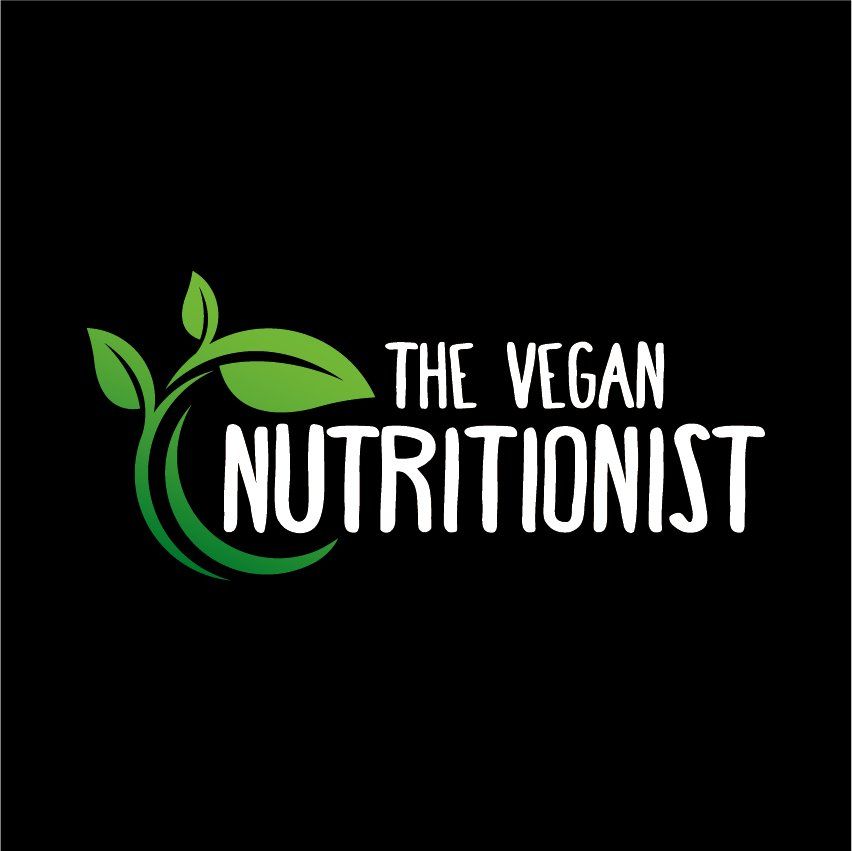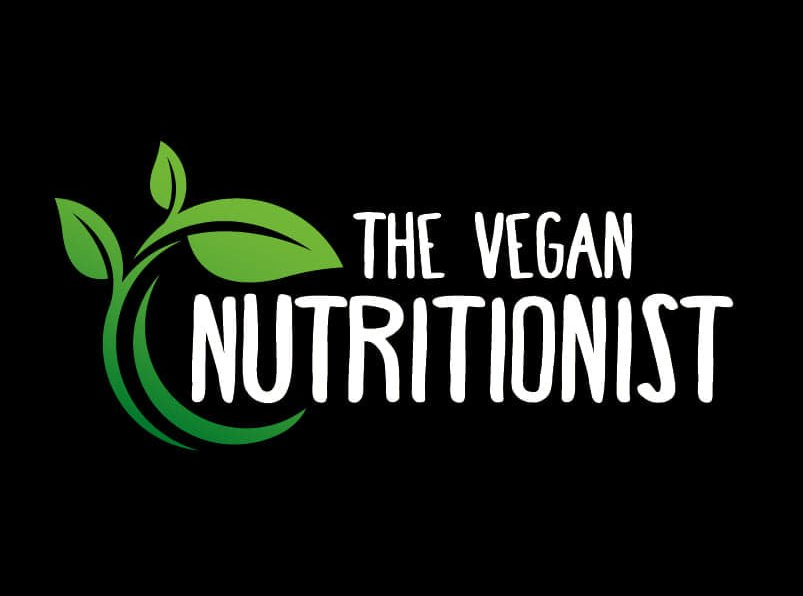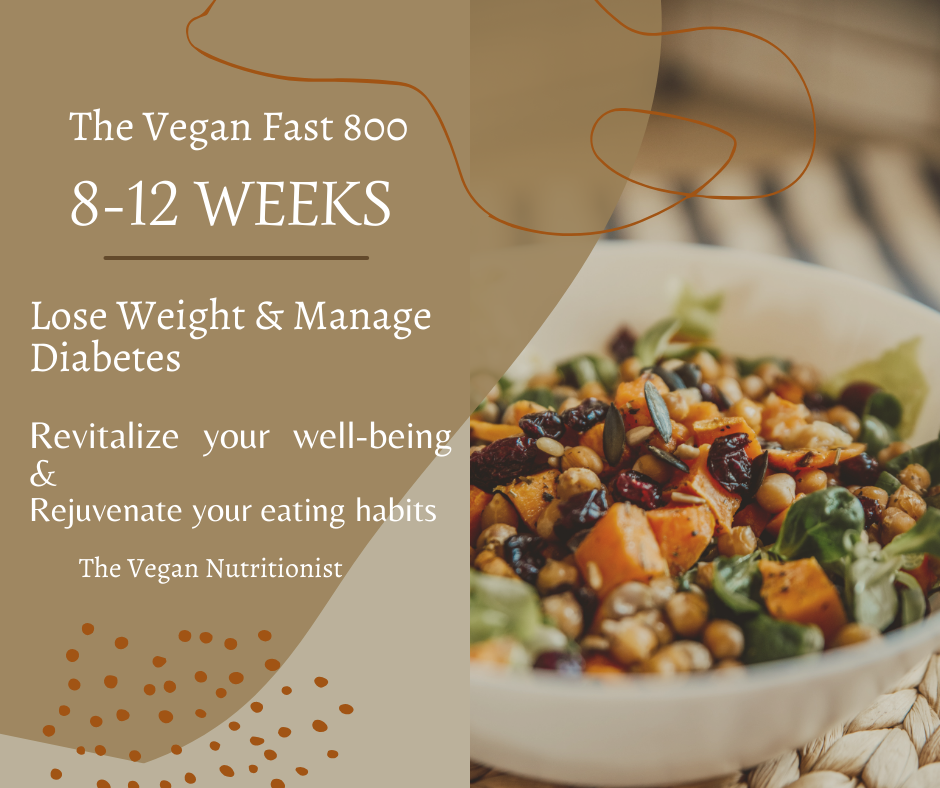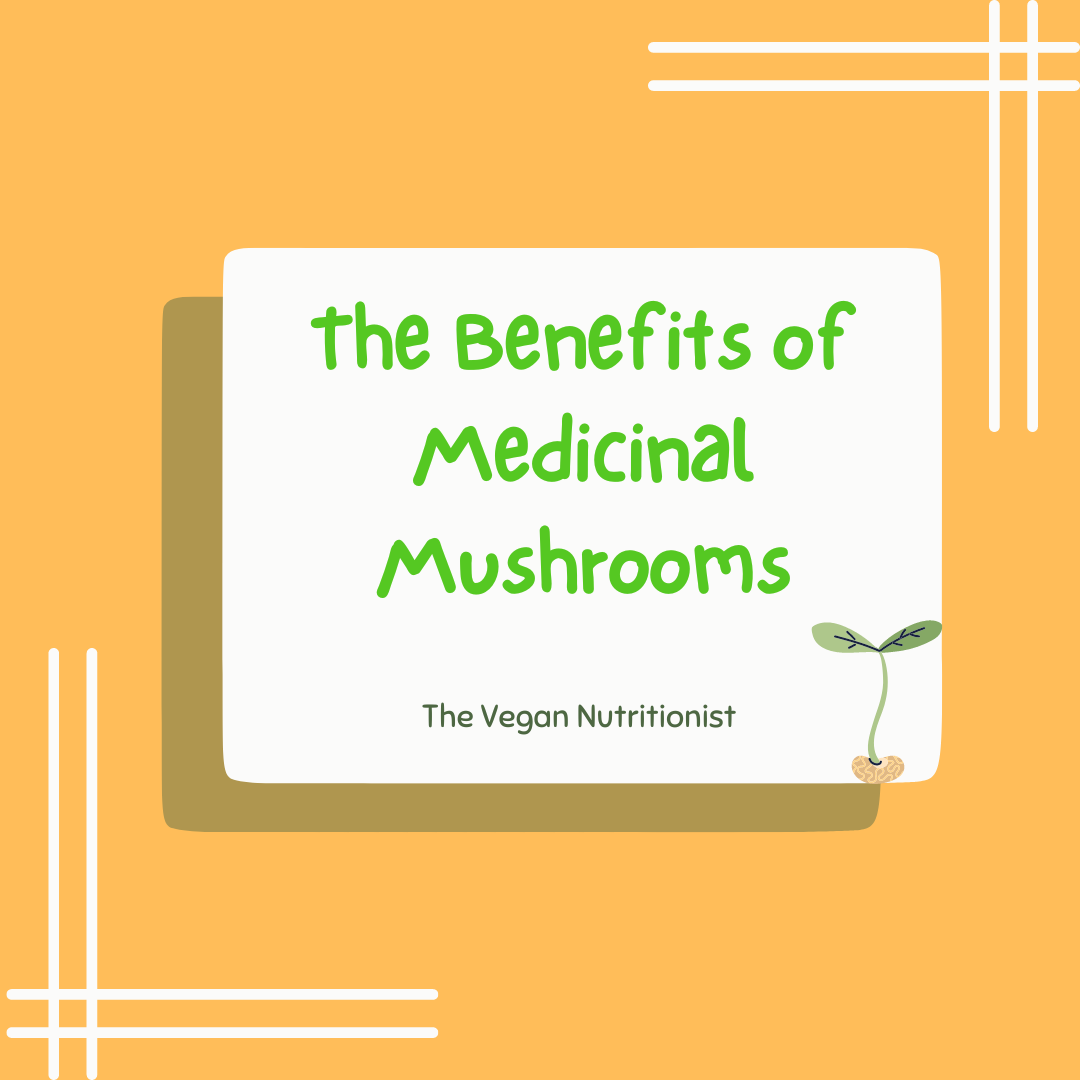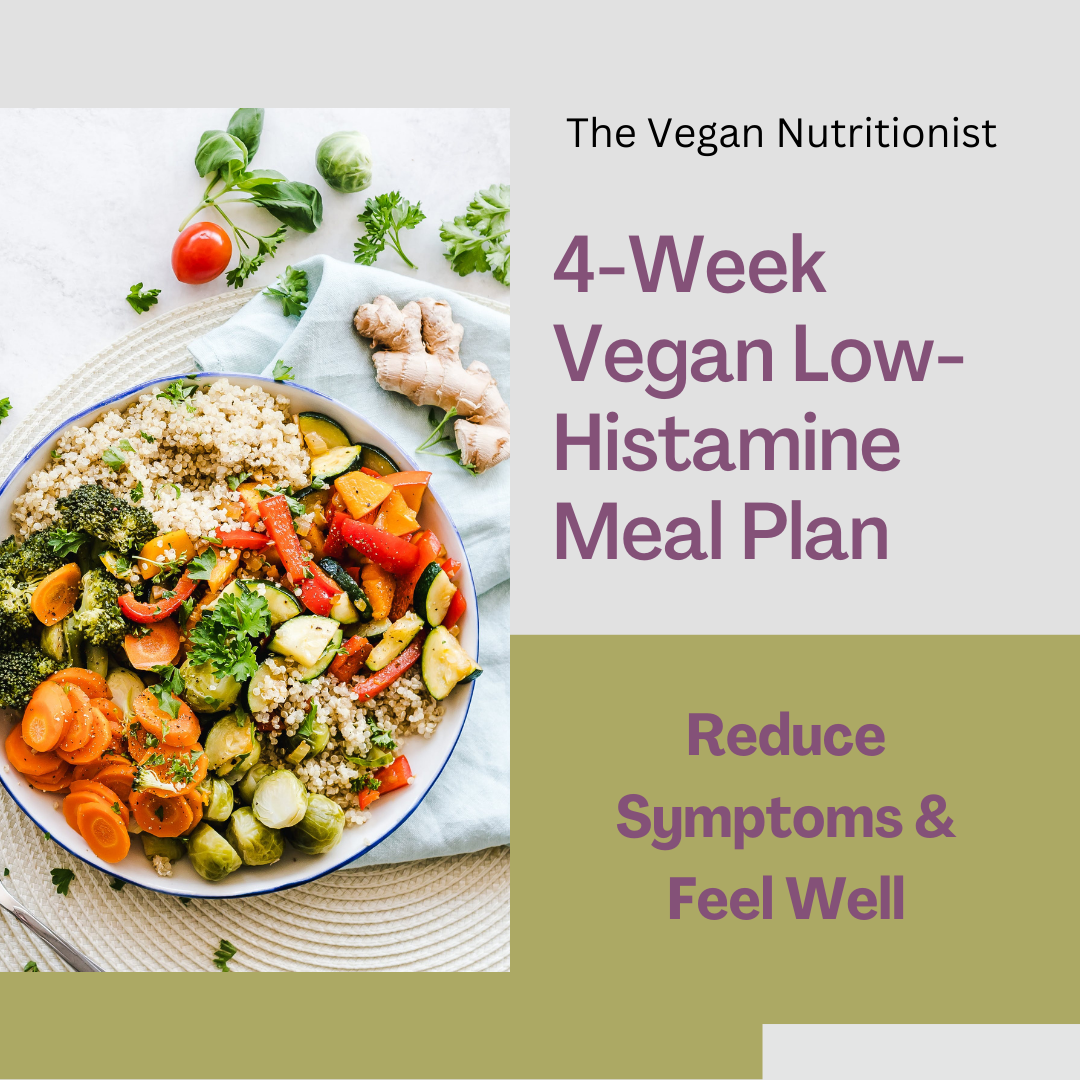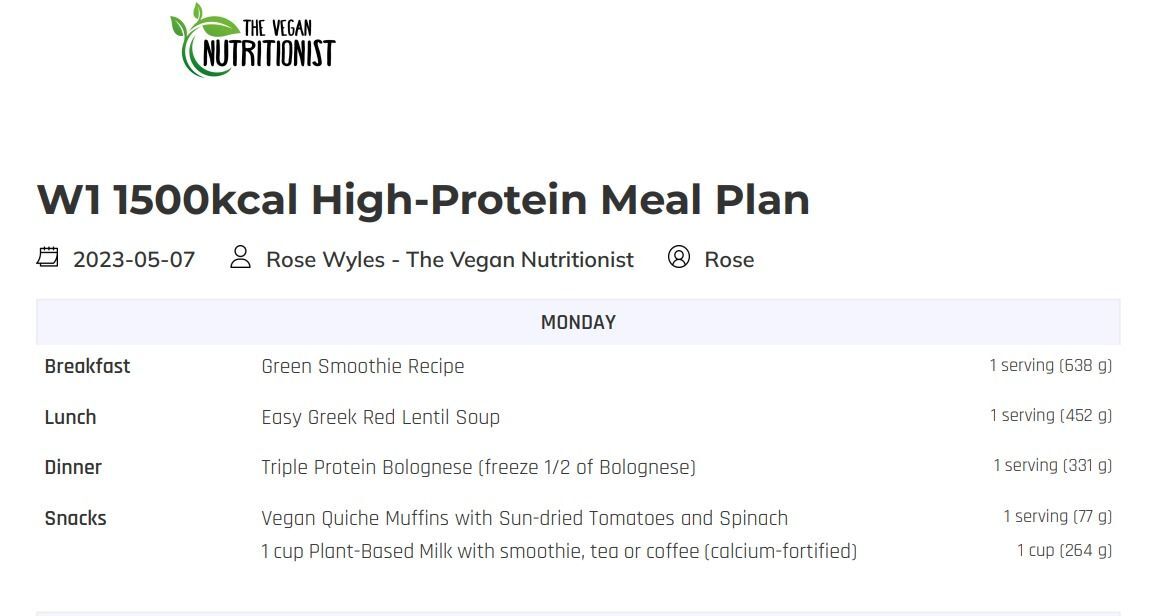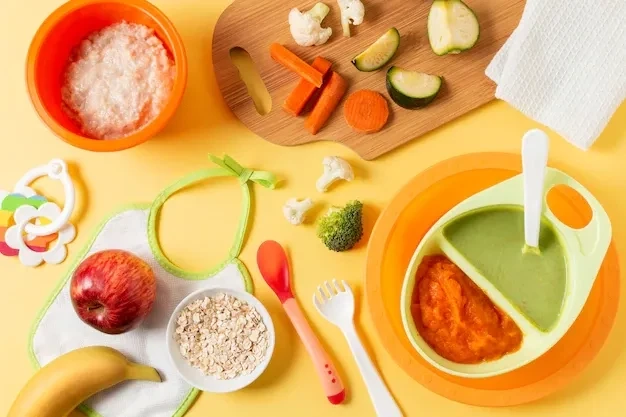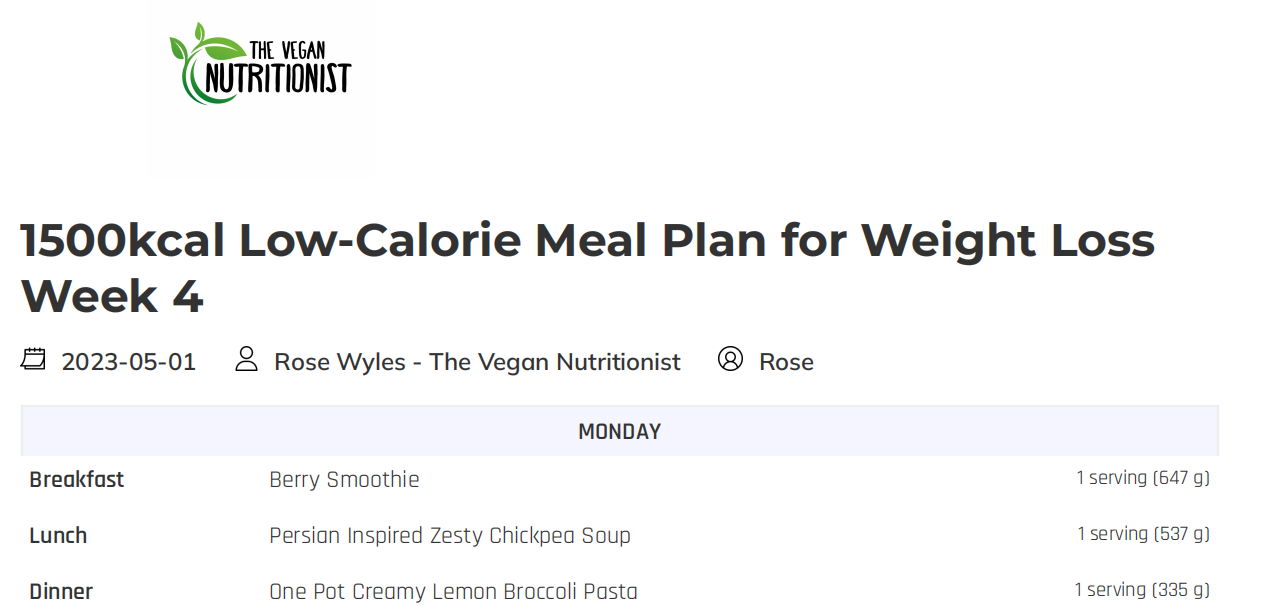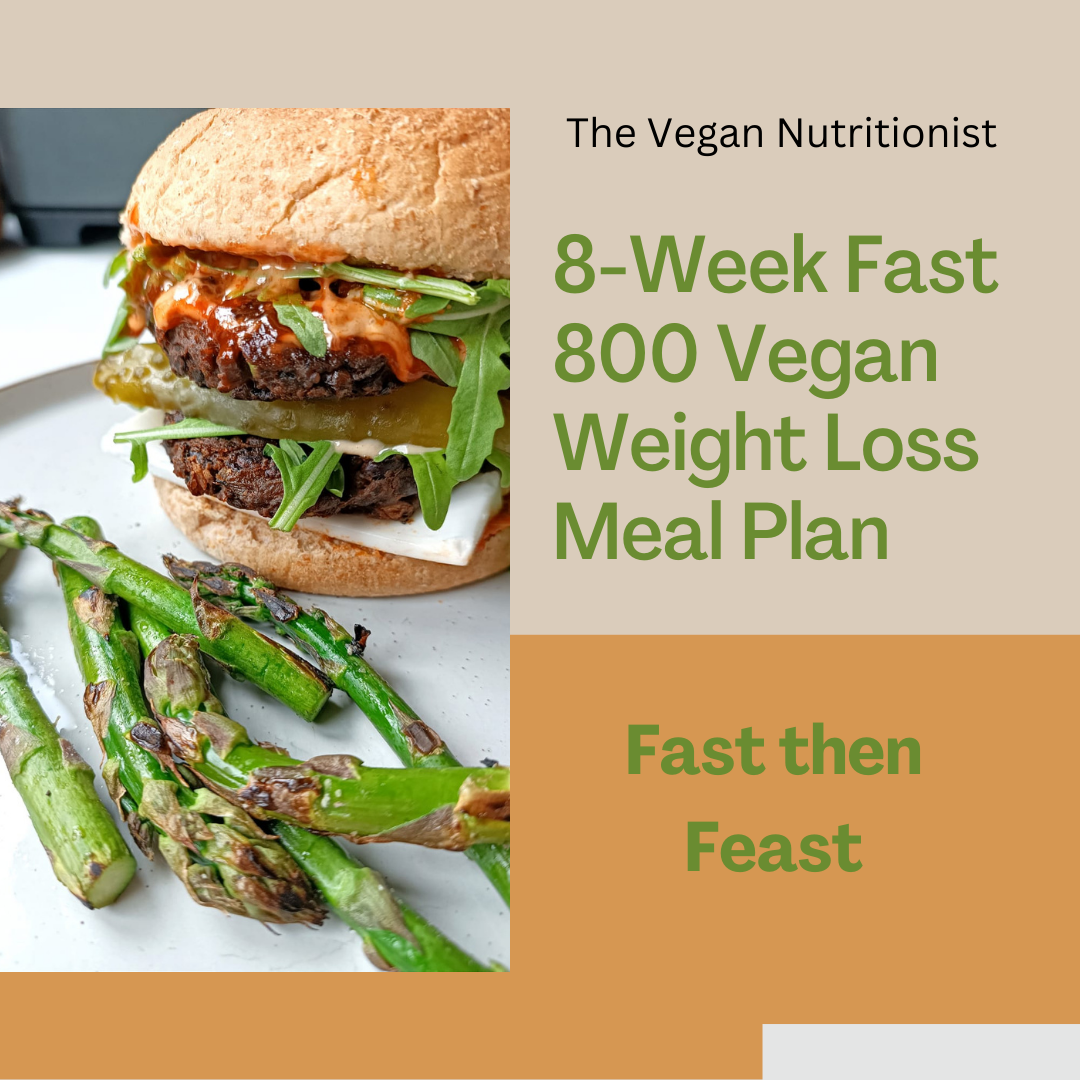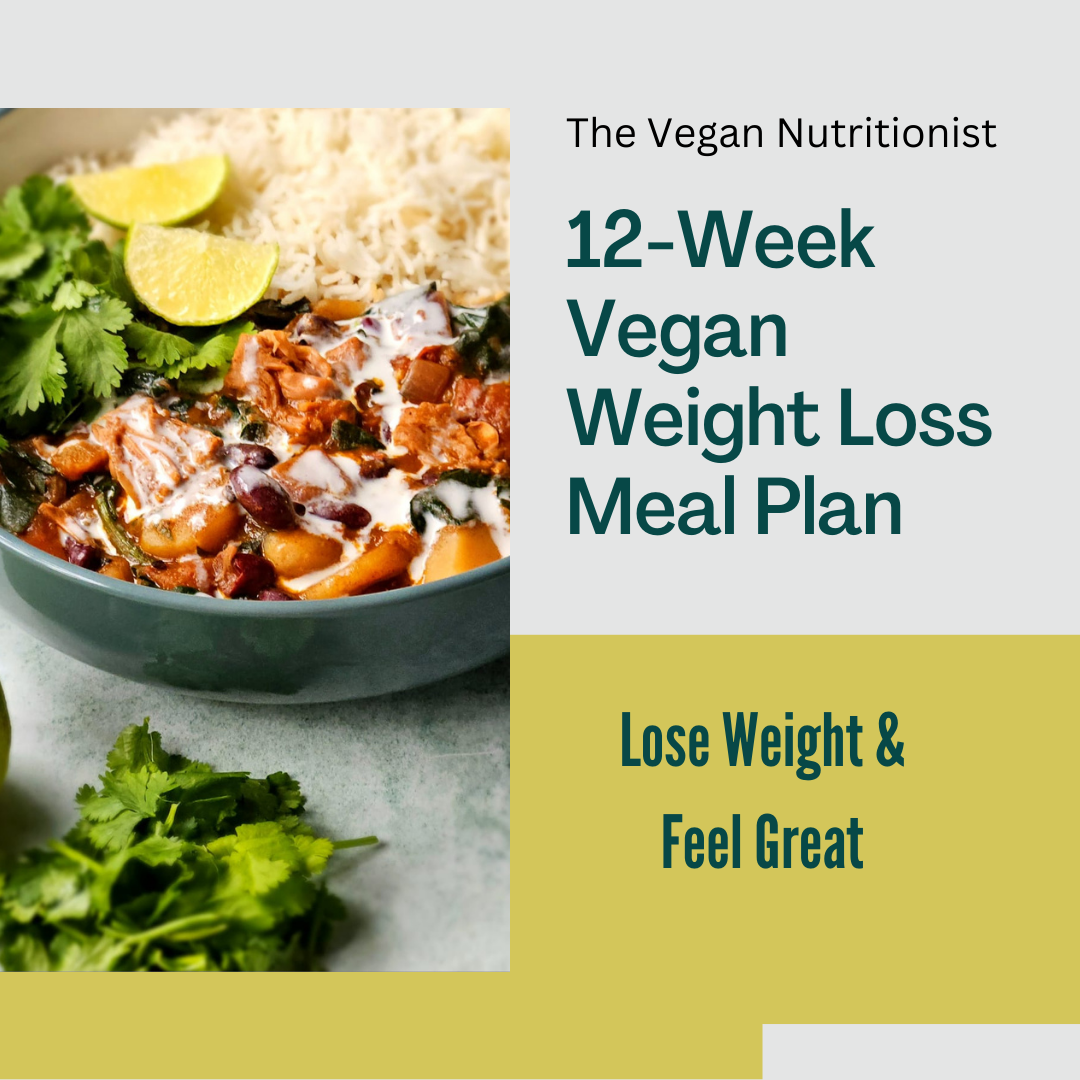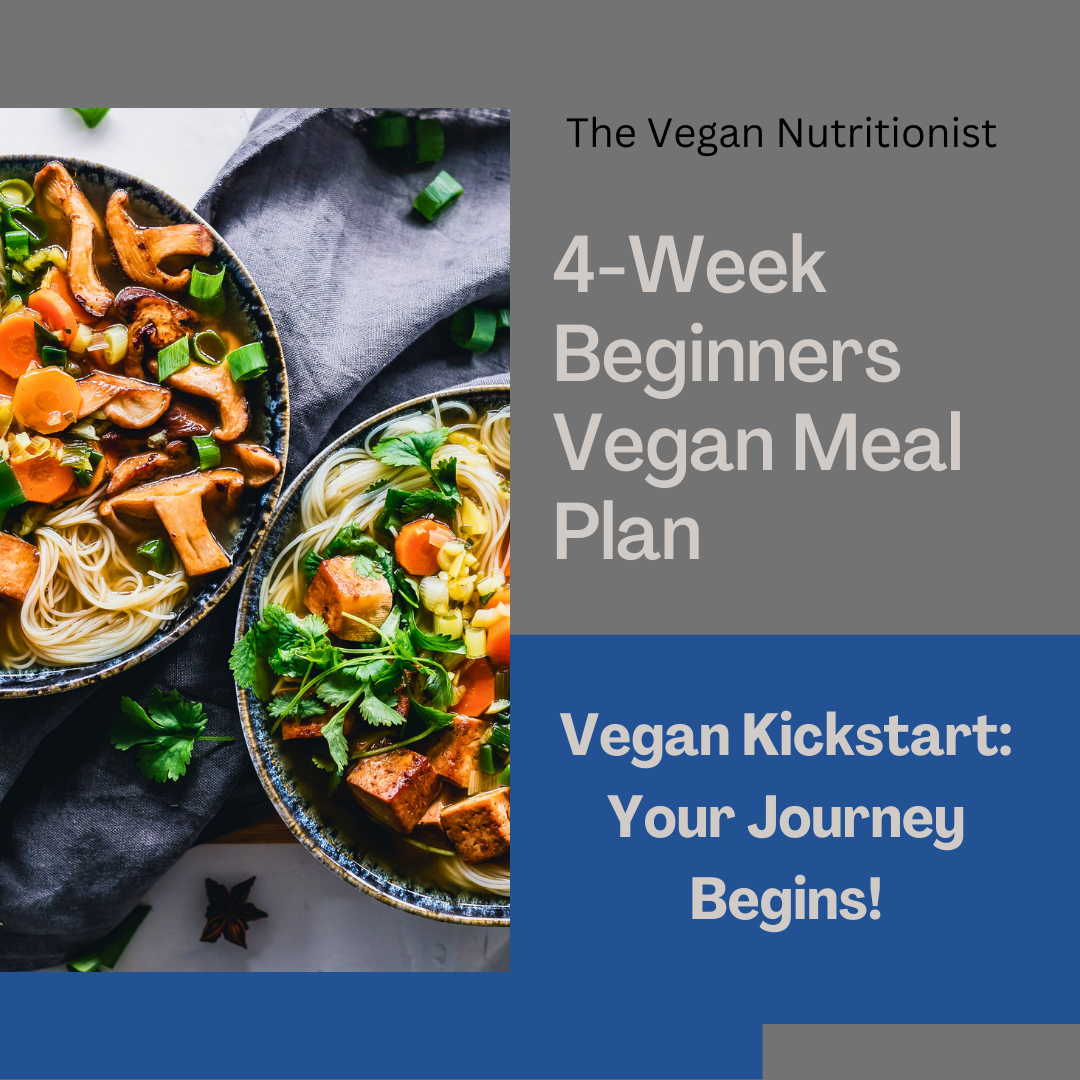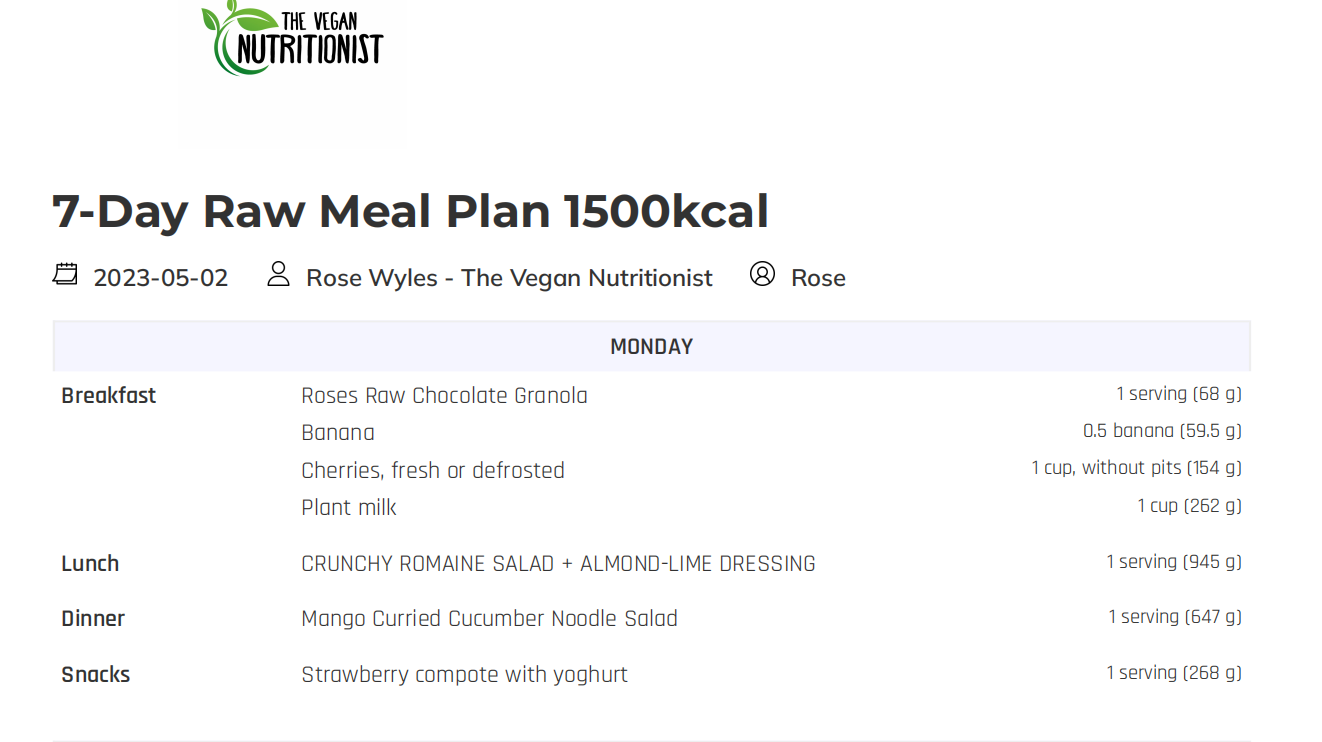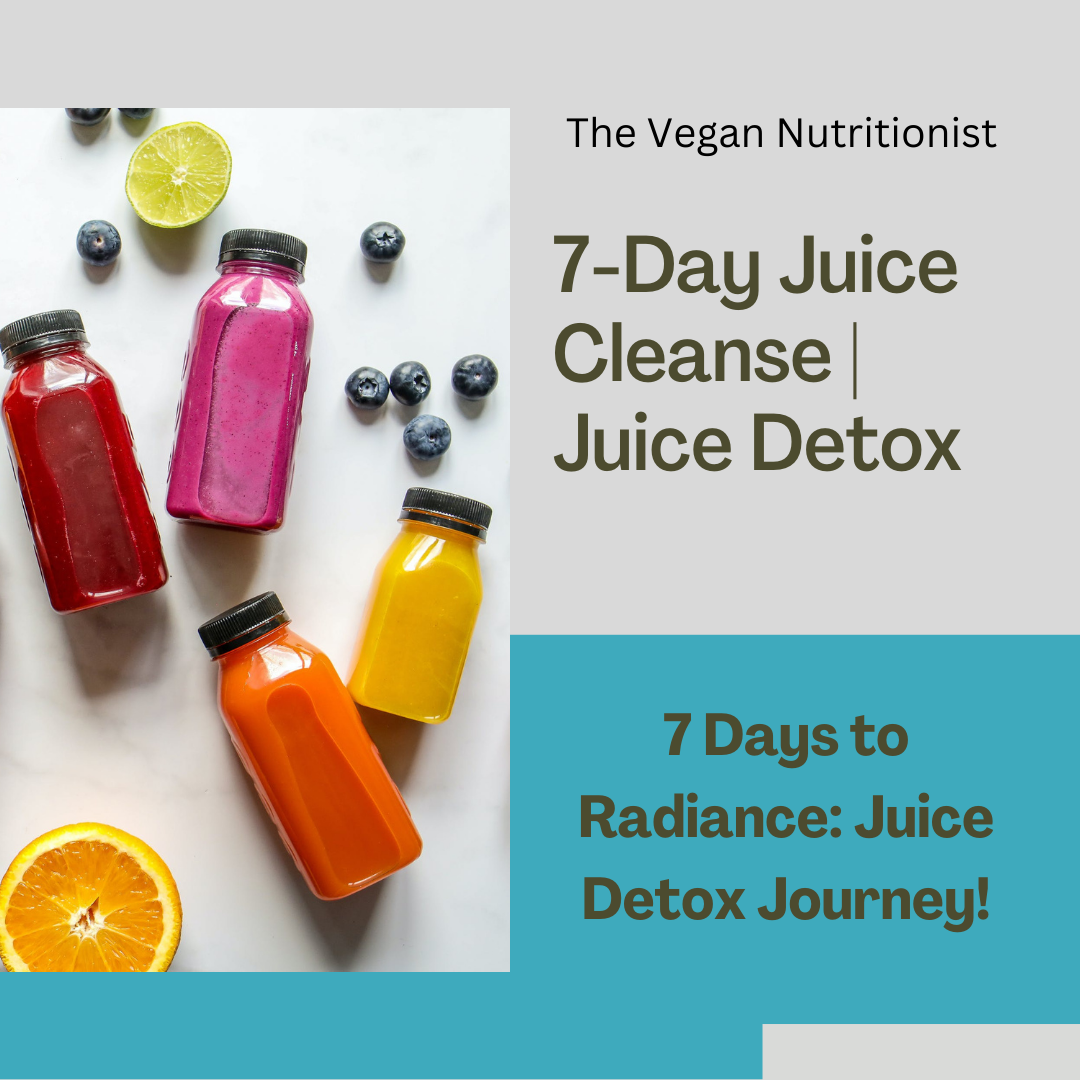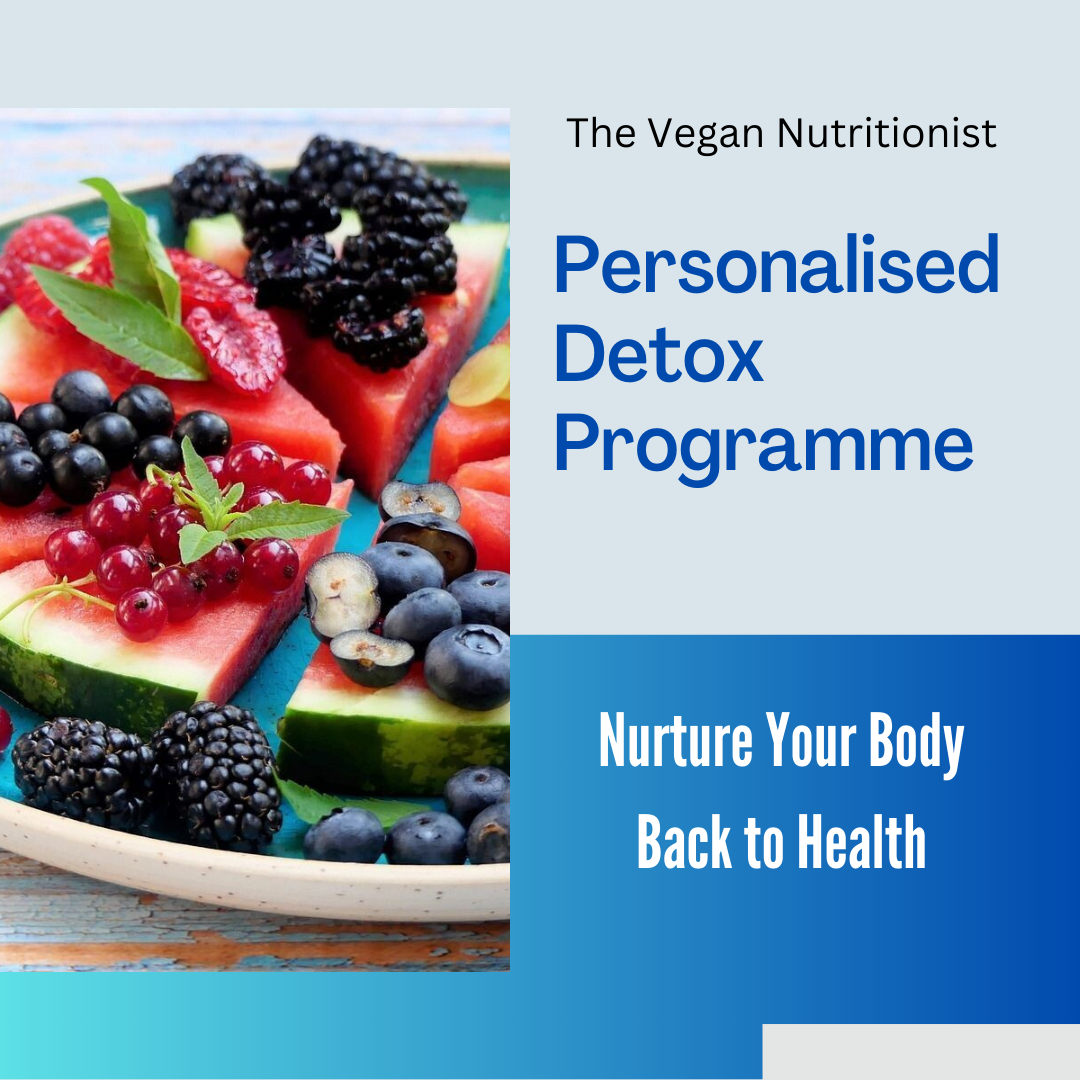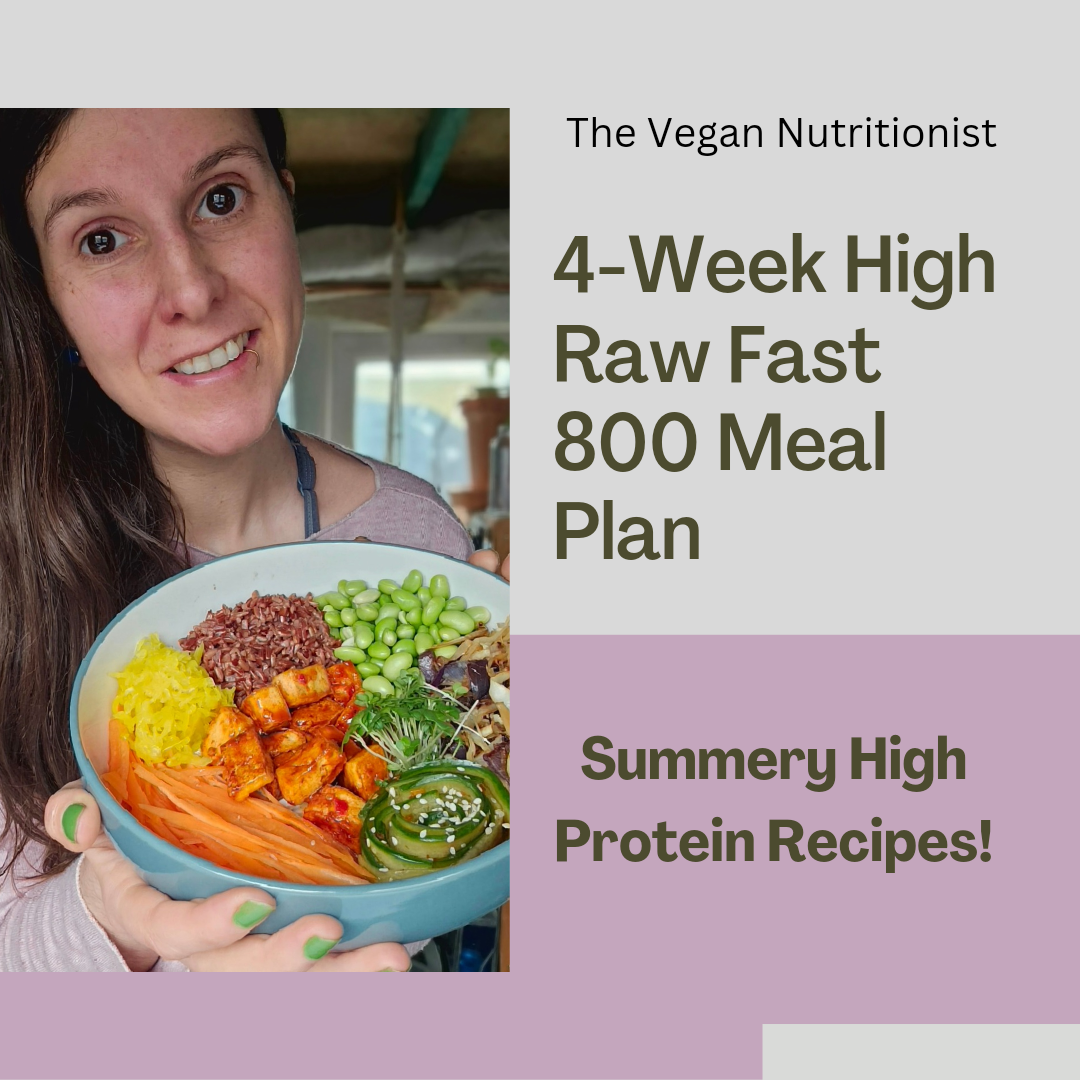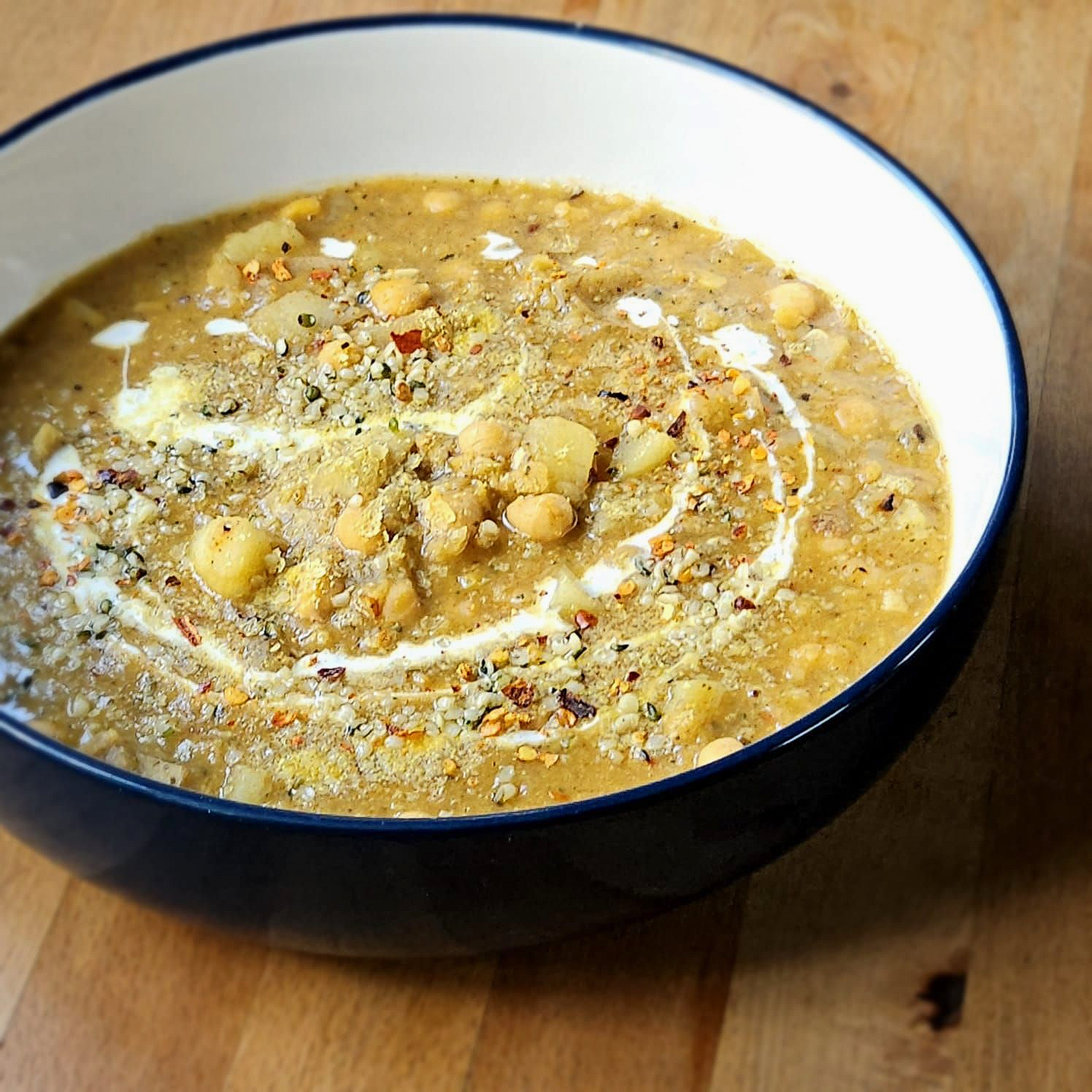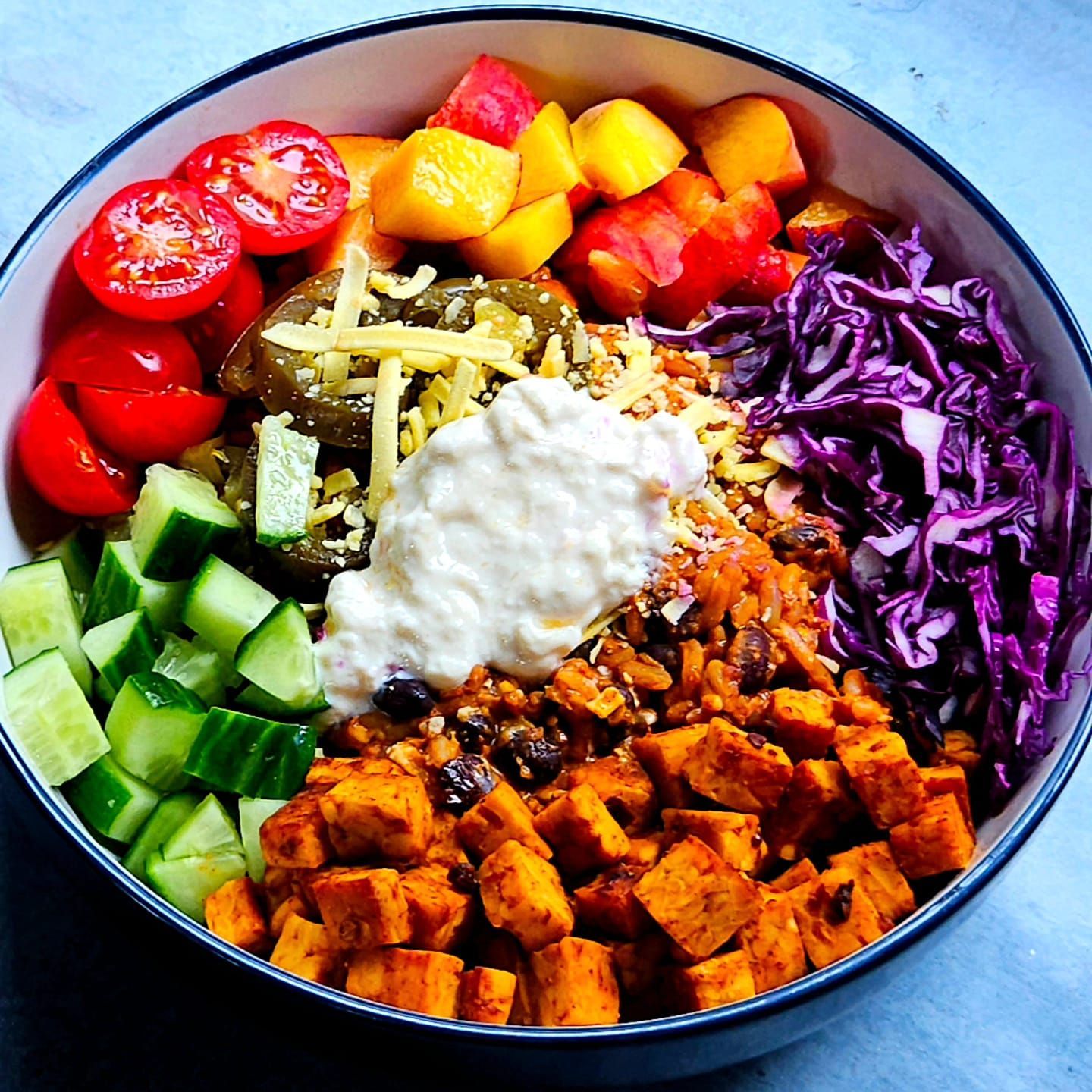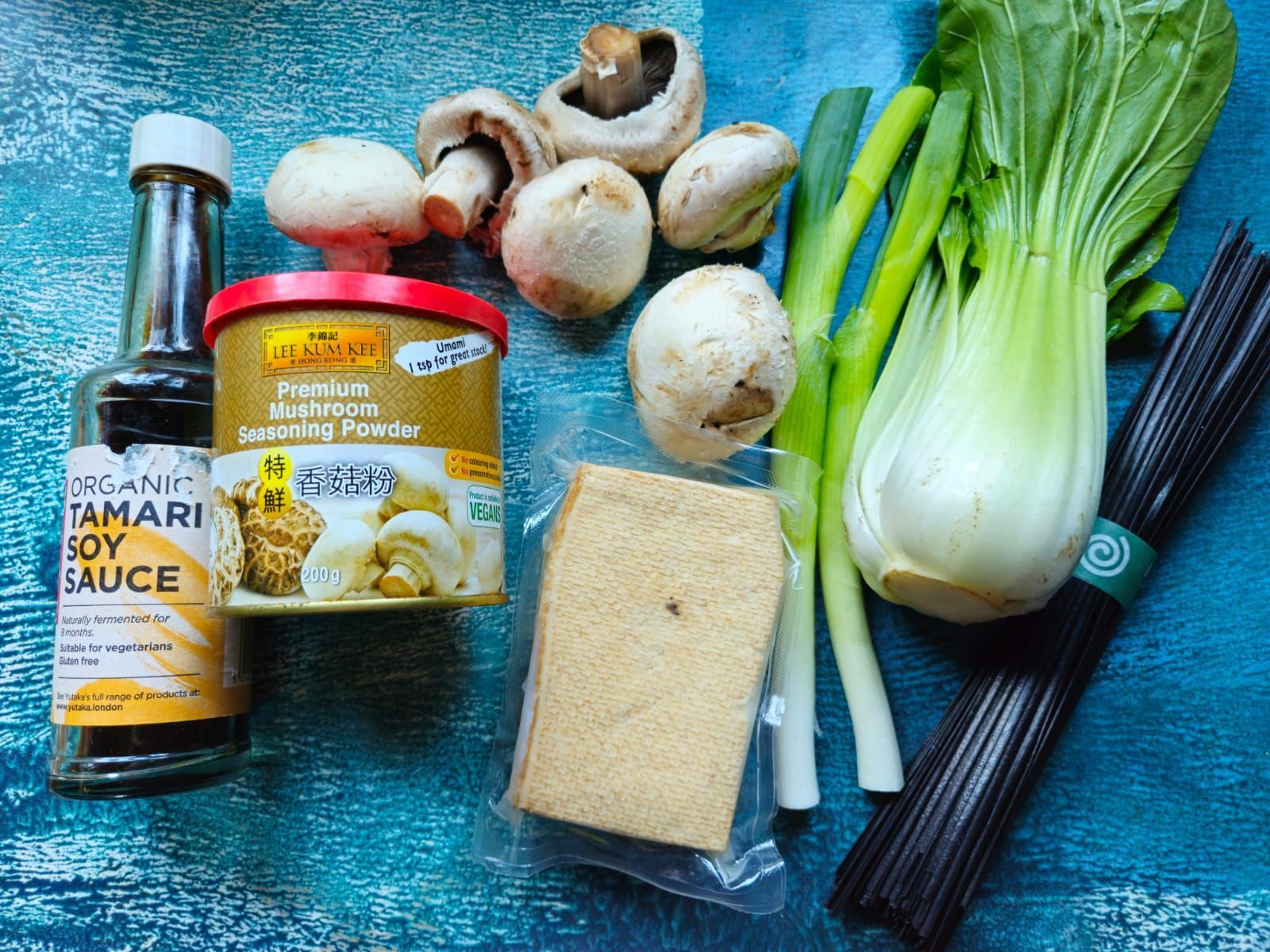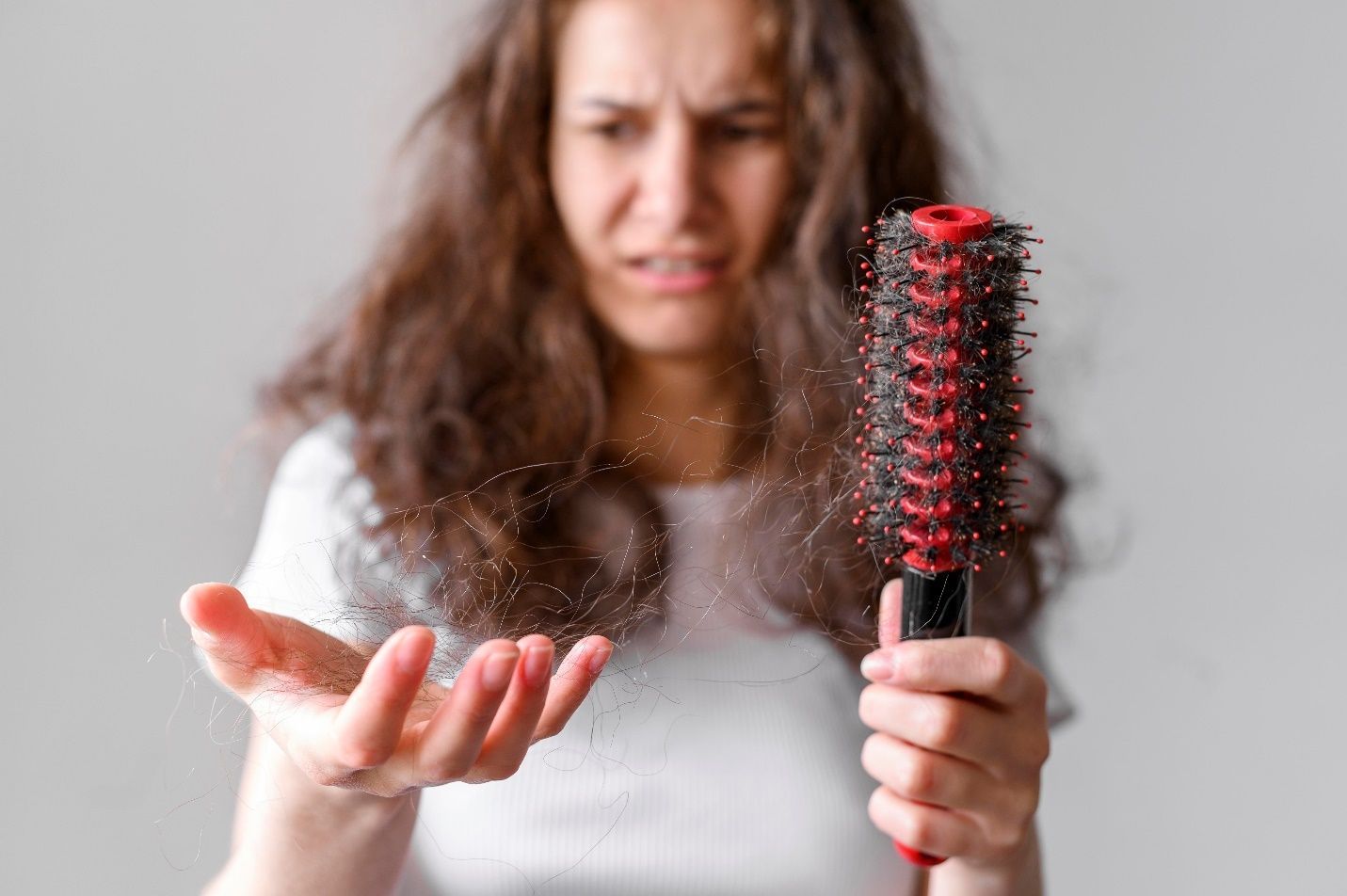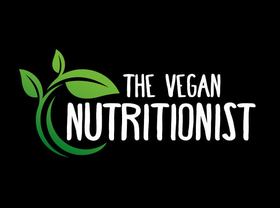WHY WE SHOULD FILTER OUR TAP WATER TO MAKE IT SAFER TO DRINK
There is a growing concern over the safety of tap water, with many people now believing that it's not safe to drink. In fact, some experts have even said that it's downright dangerous to drink tap water.

So why is it that so many people are warning against drinking tap water?
In this post we will look at some of the main things you will need to consider to help you decide which method to filter your water will be best for you and your family's health needs.
We all know that water is essential for our health. We need it to stay hydrated, to flush out toxins, and to carry essential nutrients around our bodies. But tap water is not always as safe as we would like it to be.
While tap water is regulated by the government, and must meet certain safety standards, these standards are not always as stringent as they could be.
Well, there are a number of reasons why tap water is apparently not safe to drink. For one, tap water is often contaminated with a number of different types of toxins and chemicals. Often these contaminants cannot be seen or smelled - but they are still there.
What chemicals and toxins are in tap water, you might ask?
Well, there's a long list, but some of the most common include heavy metals, plastics, pesticides, hormones from birth control and sex change drugs, and various medications, including chemo drugs, antidepressants, and traces of street drugs. Even carcinogens that may be responsible for more than 100,000 cases of cancer were found in tap water.
These are all harmful to our health and can lead to a range of serious illnesses.
So should we all start drinking filtered bottled water instead? Probably not. Also found in both bottled water as well as tap water are microplastics. Microplastics are tiny pieces of plastic that end up in our water supply, often from things like cosmetics and detergents. These microplastics can end up in our gut, where they can cause all sorts of problems, including a
link to IBD recently discovered by Chinese scientists.
Microplastics are just one type of plastic that can be found in our water supply. A recent study found that there are could be over 300 different types of plastic in our water supply. These plastics can come from a range of sources, including packaging, cosmetics, and even plastic fibres from our clothing.
These plastics can release a range of harmful chemicals into our water, including things like BPA and phthalates. These chemicals can disrupt our hormones and have been linked to a range of illnesses, including cancer, infertility, and obesity.
It's not just our water that's contaminated with these chemicals - a recent study found that over 90% of all the fish in our oceans consume plastic, meaning that fish is not a clean food source, also fishing globally is not sustainable and it is estimated that by 2048 the oceans will be fishless.
So how do these toxins and chemicals end up in our tap water?
Unfortunately, there are a number of ways. One of the most common is from industrial waste and sewage that often finds its way into our water supply. These toxins can also come from agricultural run-off, which often contains pesticides and other harmful chemicals. Also, the methods used to recycle the water before it comes through to our taps cannot remove all of these contaminants. This is how street drugs such as cocaine are found in London tap water as an example.
It's not just our water supply that can be contaminated - often the pipes and infrastructure that delivers our water can also be contaminated. This is especially true in developing countries, where water infrastructure is often not well maintained. This can result in all sorts of harmful contaminants entering our water supply.
Many contaminants, such as lead and chlorine, can be dangerous if consumed in large quantities. Both Chlorine and Lead can interfere with your body's absorption of essential minerals, and cause potentially serious health issues over the long term.
Unfortunately, both are used in municipal water supplies around the world to kill bacteria, viruses and other microorganisms that might otherwise contaminate the water supply and make it unsafe to drink. However, this also means that they can cause damage to your health by destroying healthy nutrients in the water like iron and magnesium. It is therefore important to remove these chemicals from the water before consuming it. This can be done through the use of water purification systems or by removing the chlorine, lead, and fluoride with filters.
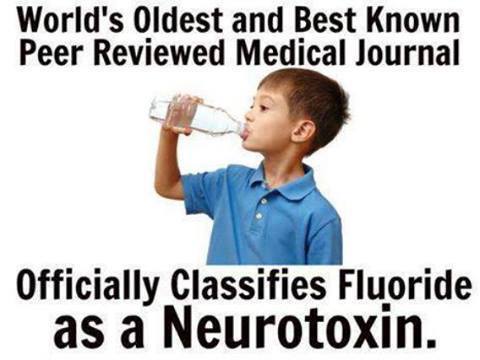
What about fluoride?
The other thing that's often found in our water is fluoride. Fluoride is a chemical that has been shown to reduce tooth decay and help protect against cavities. Sounds good, right? However, what most people do not realise is that fluoride is actually a powerful neurotoxin. A neurotoxin is a chemical that's poisonous to the nervous system and neurotoxicity occurs when the exposure to natural or manmade toxic substances (neurotoxicants) alters the normal activity of the nervous system. This can eventually disrupt or even kill neurons, key cells that transmit and process signals in the brain and other parts of the nervous system. A report from the world’s oldest and most prestigious medical journal, The Lancet, has officially classified fluoride as a neurotoxin, in the same category as arsenic, lead and mercury. View the report here .
Fluoride is so harmful that it's actually been banned in several countries, including China and India. However, it's still added to the water supply in many countries around the world, including the United States and the United Kingdom.
The United States Environmental Protection Agency have actually set a maximum contaminant level for fluoride in the water supply, and also the UK has set safety limits. However, this level is still too high and has been linked to a range of health problems.
It's worth taking note that the curcumin in turmeric is a powerful detoxifier and can help to remove fluoride from the body. In one study curcumin attenuates the neurotoxicity caused by fluoride. According to researchers from India’s Mohanlal Sukhadia University, curcumin, one of the primary active constituents in the turmeric spice, offers powerful benefits in terms of protecting the human brain against fluoride poisoning.
Fluoride is known to damage the hippocampus, a part of the brain that's important for memory and learning. Curcumin was found to prevent this damage and actually help to improve memory and learning.
A number of studies have also linked fluoride to thyroid problems and have found that fluoride can actually interfere with the production of thyroid hormones. This can lead to all sorts of problems, including weight gain, fatigue, and even depression.
So what does all this mean for our health?
Well, it's pretty simple really. Drinking water that's contaminated with these toxins and chemicals can lead to all sorts of serious health problems, including cancer , birth defects , infertility, hormone disruption, neurological damage, and potentially premature death. These toxins in our drinking water supply have been discovered and these adverse health effects studied despite government regulations regarding the safety of drinking water. So it's pretty clear that we should all be making additional efforts at home to make our tap water safer to drink.
So what is the solution?
Well, the best solution is to drink quality filtered or distilled water instead, as this will remove the bulk of harmful toxins and chemicals, leaving you with safer drinking water. This is really the only way to be sure that your water is safe to drink.
While it's definitely worth taking the time to research which water is safe to drink, there's no need to completely get rid of your tap water supply just to be safe. Instead, we should be looking into installing a water filter or distiller in our homes. If we do some research we can find the best water filters for home use and install them to help make sure that our water is as clean as possible.
How can I clean my water at home?
There are various methods to filter or purfify your tap water to make it safer to drink, these include various filters such as berkey, reverse osmosis, ultraviolet light and electronic water filters. By filtering your tap water you can reduce the amount of contaminants that are present and make it a safer option to drink. There are also a number of benefits of having a water filter installed at home including reducing your carbon footprint, helping to protect the environment as well as ensuring that you are consuming high quality water.
There is also the method of distillation which can be used to purify your tap water. This process involves boiling the water and then using a physical or electronic filter to remove any contaminants. This purification process removes all bacteria and viruses from the water which is one of the reasons why many people choose to install and use distillers in their homes. Distillation is a more expensive option than some of the other water filters as it uses electricity to run each cycle and depending on your area this can become expensive over time, but it can be a very effective way to ensure that your family is not drinking contaminated water.
Reverse osmosis is a water purification process that uses a semipermeable membrane to remove contaminants from water. This process is often used in industries such as food and beverage production, pharmaceuticals, power plants and more. It is also used in homes to remove contaminants from water.
It is a process that is used in many different industries and has been shown to be very effective at removing contaminants from water. Reverse osmosis is a process that can be used on both fresh and salt water to remove contaminants.
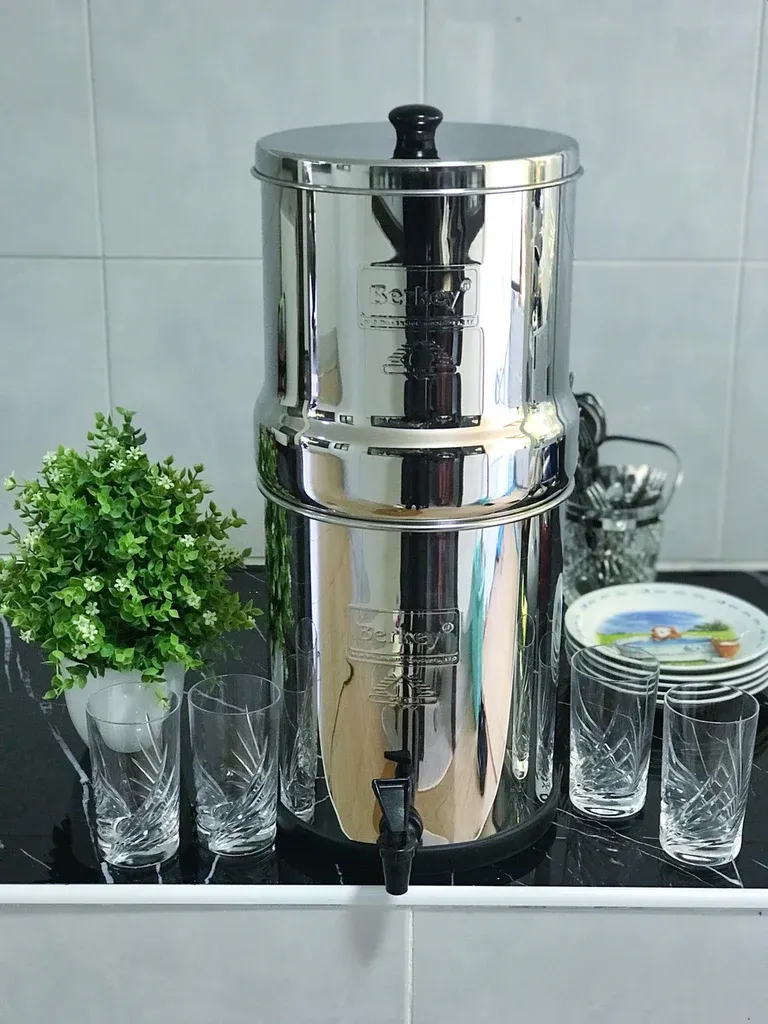
What do I recommend?
I've been using a British Berkefeld (British version of the American Berkey, read their test results for contamination removal here) for a couple of years now, and it works great as it requires no electricity because it is gravity filtered. The water filters through ceramic candles that trap the metals/other stuff, so it is good to go as soon as you place them inside the stainless steel cylinder. You only need to change these filters every 6 months or so, which isn't bad at all! You can also buy a fluoride filter to filter out extra fluoride if you'd like it not in your drinking water. What I like about the British Berkefeld is that it is big enough to use for a family of four, but still compact enough so that it doesn't take up too much space on your counter. They also sell shower filters for cleaner water to wash with.
I think that having a water filter is important, and I would recommend it to anyone who is looking for a way to purify their water. There are many different types of water filters on the market and it can be difficult to decide which one is the best for you.
The three best methods I suggest would be filtration methods which can guarantee the removal of 99%+ of contaminants from the water, reverse osmosis, and distillation. I think all of these methods are good options as they have clear benefits and disadvantages.
Filtration is the most cost-effective way to filter water. It removes a wide range of contaminants including particulates (which can be dangerous), cysts and parasites (both of which can be harmful to your health if consumed), as well as pathogens that are commonly found in untreated water supplies, such as E. Coli or Salmonella (which can cause serious illness). A quality filter such as the American berkey and British berkefeld can filter even untreated water from lakes, rivers, and streams making it safe to drink, it can also be used to filter tap water and be high effective at removing harmful chemicals, heavy metals, and other harmful pollutants such as microplastics.
Reverse Osmosis Systems are also referred to as Ultra Violet Sterilizers. These produce very clean water as it can remove 95% of fluoride and mercury, 97% of chlorine and arsenic, 99% of lead and asbestos plus 82 additional contaminants but it is very expensive to install and run. If you have hard water and live in a region where there is a lot of chlorine in the water then this could be a good choice but in most cases it would be best to use the filter system as it comes at a more reasonable price. Reverse osmosis can be performant at removing low level heavy metals, although aerobic conditions metal oxides can clog the membranes, so this is worth some consideration. Read more about the pros and cons here.
Distillation could be an expensive option for you as you need to continuously pay in electricity per cycle which adds up over time, but it produces the cleanest water of all the methods here, as you are drinking water vapor (steam) that collects as water in the jug that attaches to the machine. Another downside is it is also not suitable for gaining natural water minerals like magnesium and calcium as these are removed from the water during the distillation process and then the water needs to be re-mineralized in the usual way with good quality salts or with a mineral drop supplement.
All three methods have their own advantages and disadvantages so it is important to research all of them before choosing the one that will work best for you.
Final Thoughts
Water is the most important nutrient in your diet. Fresh filtered water is essential for good health and regular hydration is essential for your body's metabolism and immune system to work properly.
There are three main ways to get clean water: Distillation, Filtering and Water Purification Systems. These methods all work in different ways to remove toxins, bacteria and chemicals from your drinking water.
The health benefits of drinking clean water are worth the cost and effort in the long run!
Share this Post!

Reach out by sending me an email
Need assistance with your diet or health goals? I'm here to help. Send me a message and I'll be in touch.
